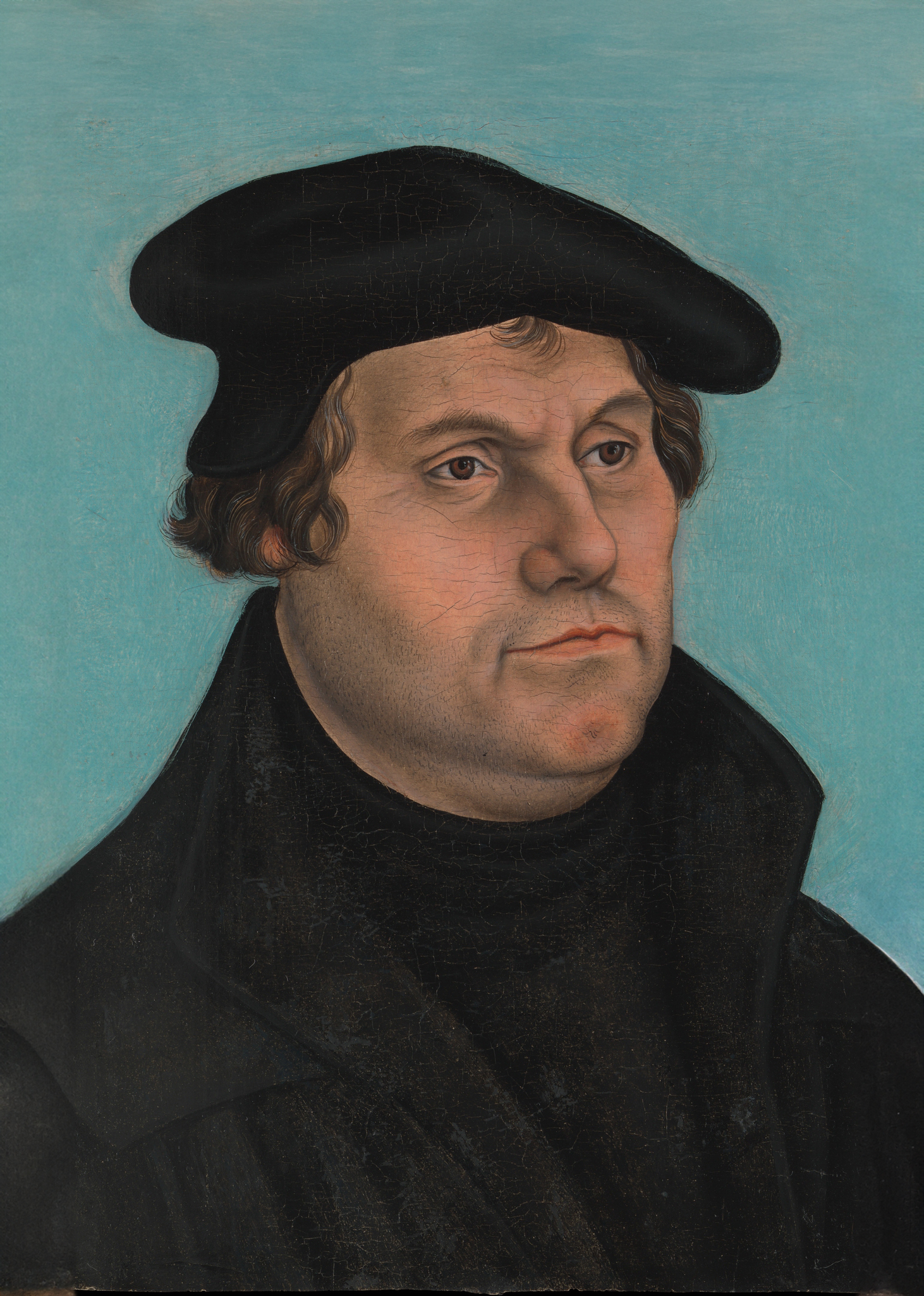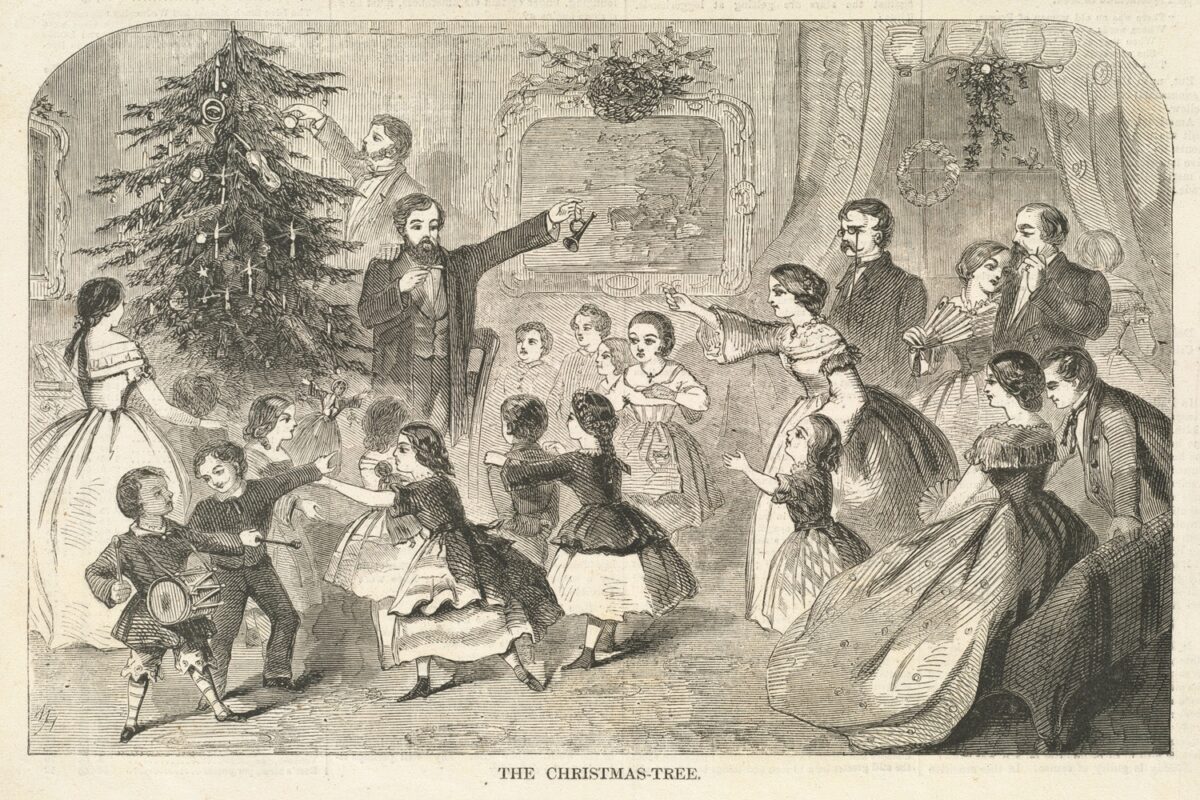It took some doing, but the Christmas holiday finally became an American tradition. Long before the 13 Colonies and the War for Independence, our forefathers brought forth upon this continent a rather strict view of the celebration. It was not to be celebrated. Despite Christmas being adopted by Christianity 1,200 years before the Separatists landed at Plymouth Rock, the sect believed the tradition was too intertwined with pagan rituals. After three decades in the New World, the court of the Massachusetts Bay Colony declared that “whosoever shall be found observing any such day as Christmas or the like, either by forbearing of labor, feasting, or any other way, upon such accounts as aforesaid, every such person so offending shall pay for every such offense five shillings, as a fine to the country.”
The law was instituted in 1659, and though the law eventually went by the wayside, even after the War for Independence ended in 1783 Americans remained rather dismissive of the holiday and its traditions for religious reasons. The traditions were typically traced back to ancient Rome’s Saturnalia festival, which marked the end of the planting season and the approach of the winter solstice on December 25 (the darkest evening of the year on the Julian calendar). The festival, originally created for one day, lasted a week (December 17–23). Gift-giving, feasting, and general merry-making were part and parcel of the holiday. Another staple was the use of evergreen plants, which included wreaths and trees. This plant was seen as a symbol that the sun, and therefore spring, would return.
William Bradford, second governor of Plymouth Plantation, considered it all “pagan mockery,” but the early settlers’ puritanical influence slowly began to dissipate as America moved into the 18th and 19th centuries.

German Influence
Just as the Separatists and the Puritans are known for coming to the New World to escape religious persecution and find religious freedom, the Germans did as well. Before the Peace of Westphalia was signed in 1648, which ended the religious conflict between Catholics and Protestants called the Thirty Years’ War, many Germans had already fled across the Atlantic Ocean. Early into the 18th century, thousands more Germans came to America, where they settled in what is now Albany, New York. When tens of thousands of Germans flooded onto America’s eastern shores during what became known as the Rhine Exodus of 1816–17, they brought with them their German traditions, one of which was the Christmas tree.

The display of Christmas trees in Germany stretches back to the eighth century—and arguably the nation’s most famous citizen, Martin Luther, was the first to place lights (candles) in his tree during the sacred holiday. His inspiration came from standing in the thick German forest and peering into the twinkling night sky.
In America, Charles Follen, a German exile who became a Harvard professor and then a minister, introduced the Christmas tree to his New England peers in 1832, a moment recounted by the prominent British author Harriet Martineau. Four years later, Hermann Bokum, a German immigrant who would become an author and a chaplain in the Union Army, wrote “The Stranger’s Gift: A Christmas and New Year’s Present,” which provided an illustration in its opening pages of a Christmas tree. This tradition of cutting down, housing, and decorating evergreen trees was continued by German Americans, but it had hardly caught on among the rest of the populace.

Christmas Illustrations
It was not until December 1848, and from a rather unlikely source, that the Christmas tree began its meteoric rise to becoming an American tradition. It happened when the editor of the influential magazine Godey’s Lady’s Book, Sarah Josepha Hale, came across an illustration in the Christmas edition of the Illustrated London News. The illustration was of the Royal Family―Queen Victoria, German-born Prince Albert, the royal children, and their grandmother―standing around a decorated Christmas tree. It was entitled “Christmas Tree at Windsor Castle.”
Hale decided to have the illustration recreated for Godey’s Lady’s Book, a women’s magazine, in 1850―but with a few visual edits, such as the removal of Victoria’s tiara and Albert’s sash and mustache, to make it appear more American. This editorial decision caused the Christmas tree to go mainstream.

In the following holiday seasons, other prominent magazines began illustrating this new American tradition. On December 25, 1858, Harper’s Weekly published a Christmas-themed piece that included illustrations by Winslow Homer entitled “Christmas―Gathering Evergreens” and “The Christmas Tree.” The article recalled, “Time was when it was unlawful to keep Christmas in New England. A penal enactment, we are told, actually forbade the pilgrims and their children from keeping Christmas.” The article trumpeted, “Nowhere, perhaps, in the world is Christmas so heartily enjoyed as in New York.” (Harper’s Weekly was a New York-based publication.)
In 1923, exactly a century ago, the country’s first National Christmas Tree was erected on the Ellipse, a park near the White House. The lighting ceremony, led by President Calvin Coolidge, has been conducted every year since. Tree lighting ceremonies are hardly confined to the nation’s capital. Every year, large cities and small towns, along with approximately 100 million households, conduct what has now become an American holiday tradition.
From Dec. Issue, Volume 3




